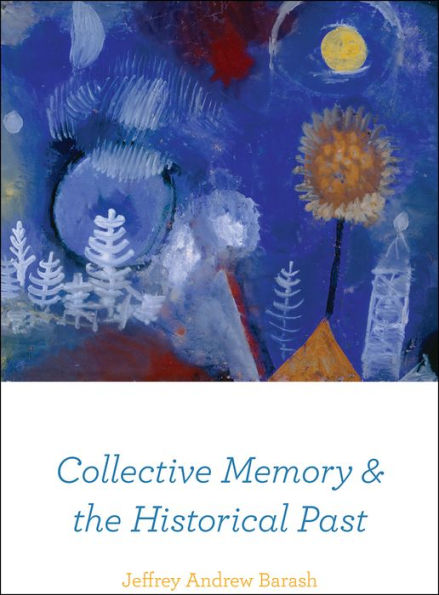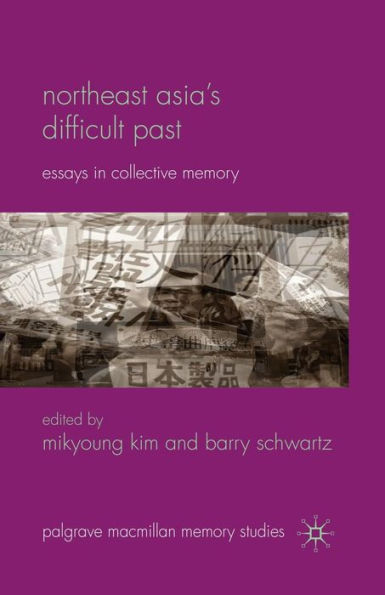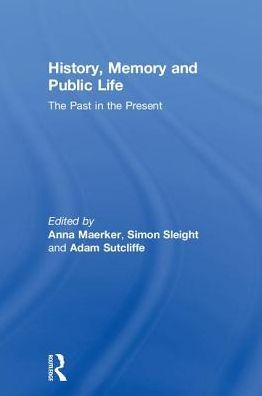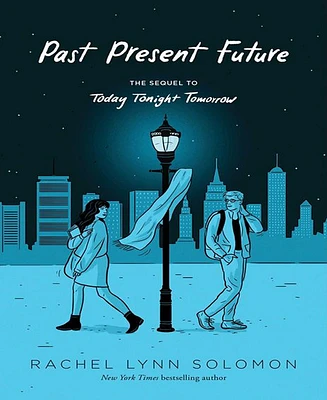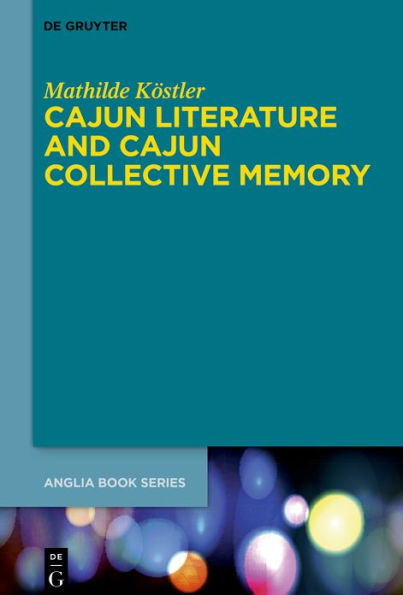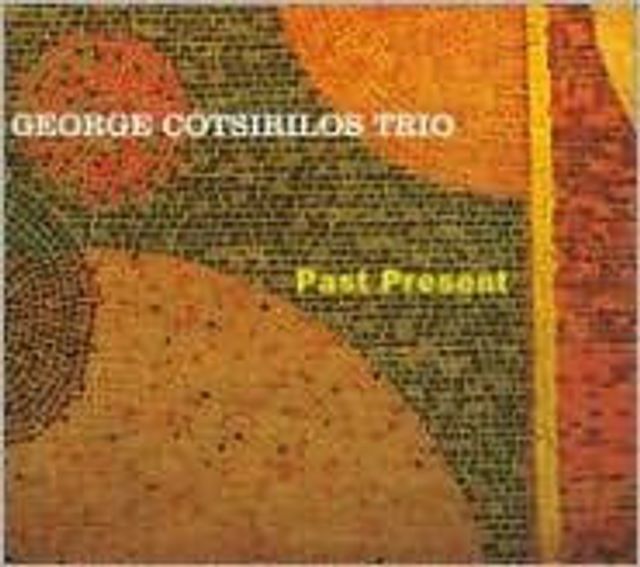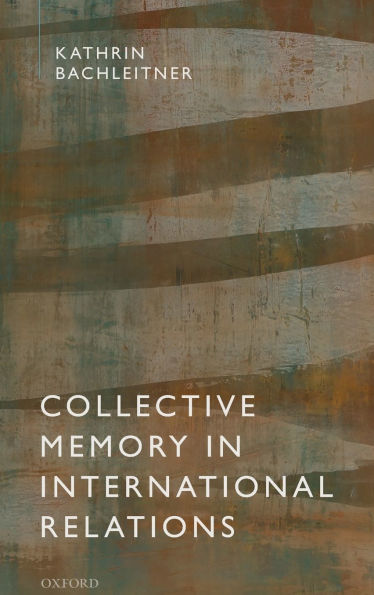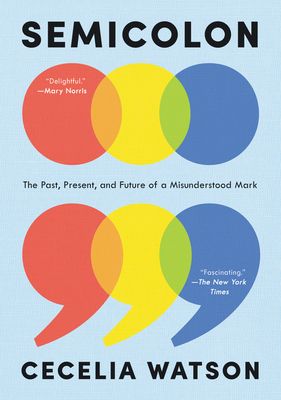Home
Collective Memory as Currency: the Dominance of Past Present
Loading Inventory...
Barnes and Noble
Collective Memory as Currency: the Dominance of Past Present
Current price: $105.99
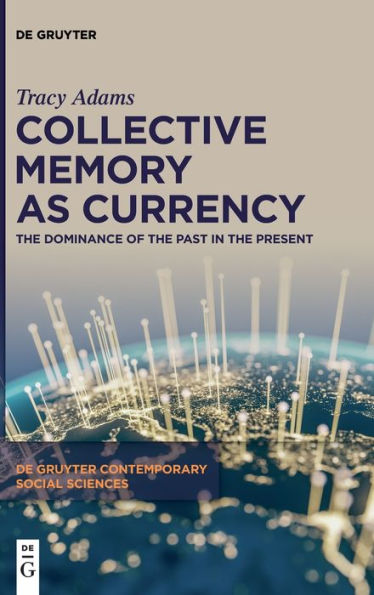

Barnes and Noble
Collective Memory as Currency: the Dominance of Past Present
Current price: $105.99
Loading Inventory...
Size: Hardcover
*Product Information may vary - to confirm product availability, pricing, and additional information please contact Barnes and Noble
Why is the past so dominant in the present? This book conceptualizes collective memory as currency, a medium of exchange, a system in common use, and one that is traded between and within nations. Bringing together contemporary case studies and multidisciplinary scholarship, this volume shows how past events are used and perceived as a commodity and a substantially fungible marketable item produced to satisfy wants or needs, their supply or demand being a part of one universal market.
This book provides readers with a broader understanding of the power of the past in the present. Specific past events are incarnated into collective memories that can transform into iconic, almost mythical stories that can be employed to help make sense of the present. Through evoking, constructing and reconstructing, selectively highlighting certain aspects or perspectives of prominent past events, these collective memories become a significant resource that actors and publics turn to in times of need. As currency, these memories provide a service. As currency, they can also relatively easily travel between collectives, since it is commonly understood that the past has value in the present, and that this value is similarly utilized in various countries around the world.
This book provides readers with a broader understanding of the power of the past in the present. Specific past events are incarnated into collective memories that can transform into iconic, almost mythical stories that can be employed to help make sense of the present. Through evoking, constructing and reconstructing, selectively highlighting certain aspects or perspectives of prominent past events, these collective memories become a significant resource that actors and publics turn to in times of need. As currency, these memories provide a service. As currency, they can also relatively easily travel between collectives, since it is commonly understood that the past has value in the present, and that this value is similarly utilized in various countries around the world.
